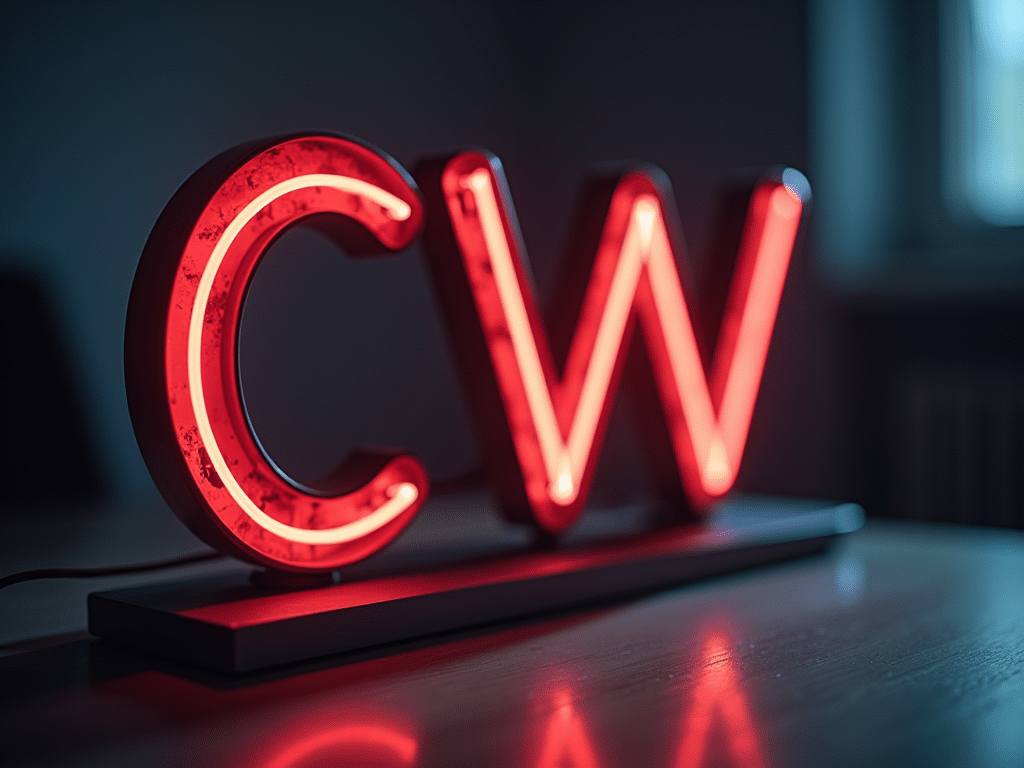In the ever-evolving world of digital communication, acronyms play a crucial role in conveying messages quickly and efficiently. One such acronym that has gained significant traction is “CW.” But what does CW mean, and how is it used across various platforms? Let’s dive into the world of CW and uncover its multiple meanings and applications.
What Does CW Stand For?
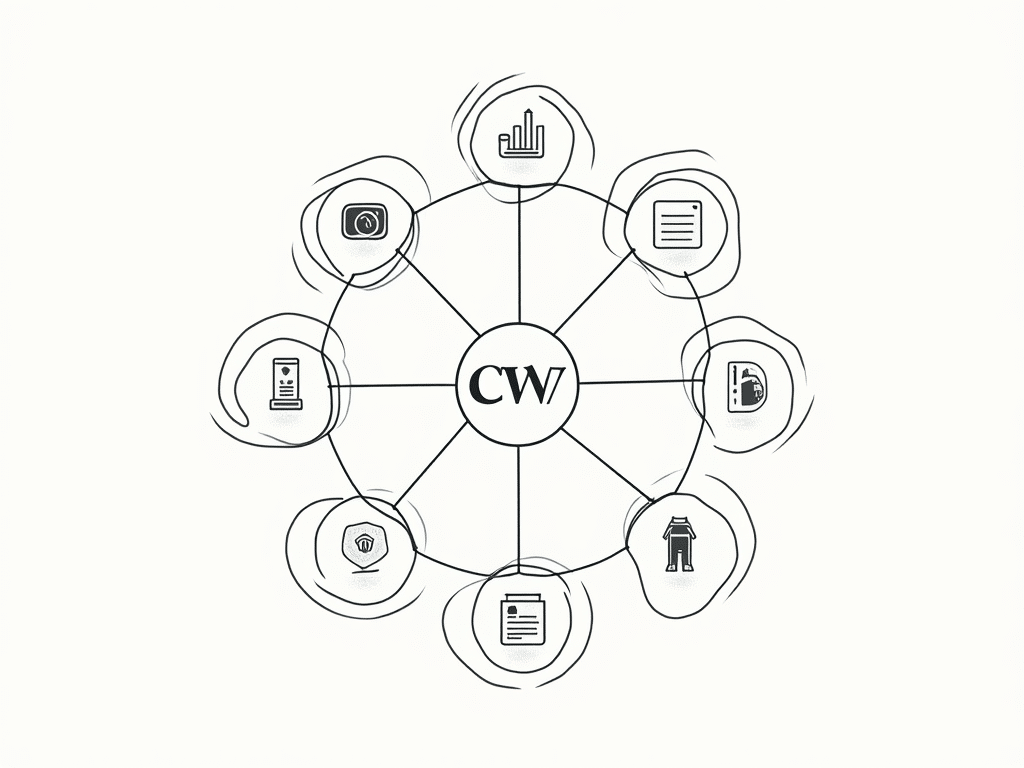
CW primarily stands for two distinct phrases:
- Content Warning
- Clockwise
However, the meaning can vary depending on the context. Let’s explore each of these in detail.
Content Warning (CW)
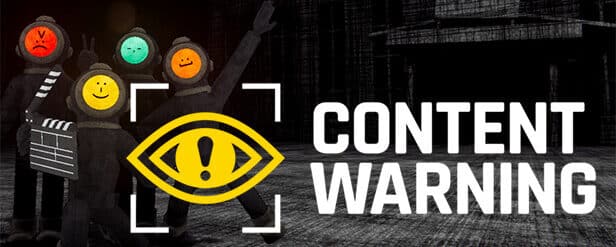
In online spaces, CW most commonly means “Content Warning.” It’s used to alert readers or viewers that the following content may contain potentially disturbing, triggering, or sensitive material. This usage has become increasingly popular on social media platforms and in online communities.
Clockwise (CW)
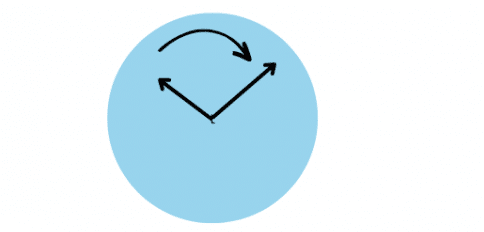
In mathematical, scientific, or navigational contexts, CW often stands for “Clockwise.” This meaning is typically used when discussing rotation or direction.
CW Meaning in Text and Social Media
The use of CW as “Content Warning” has become widespread in text messages, social media posts, and online forums. It serves as a courtesy to readers, allowing them to prepare for or choose to avoid content that they might find upsetting or triggering.
Example usage:
“CW: discussion of mental health
I’ve been struggling with anxiety lately and wanted to share my experience…
CW differs from other warning labels like NSFW (Not Safe For Work) in that it’s more specific and can cover a broader range of topics, not just those inappropriate for professional settings.

CW Meaning on Twitter
Twitter has embraced the concept of content warnings, although they use the term “sensitive content” in their official features. Users can mark media in their tweets as sensitive, which will blur the image or video until a viewer chooses to see it.
To use CW on Twitter:
- Start your tweet with “CW:” followed by the specific warning.
- Use Twitter’s built-in sensitive content feature for images and videos.
Example:
“CW: food mention
Just tried the most amazing new restaurant in town! [photo]”
CW Meaning in School
In educational settings, CW can have different meanings:
- Course Work: Often used in syllabi or assignment instructions to refer to required academic tasks.
Example: “CW due next Friday: 5-page essay on Shakespeare’s sonnets.” - Clock Wise: In mathematics or physics classes, CW might be used when discussing rotational motion or circular diagrams.
Example: “The gear rotates in a CW direction.”
It’s important to note that the meaning of CW in school contexts can vary depending on the subject and the specific instructor’s usage.
Content Warning (CW) in Detail
Content warnings serve an important purpose in online communication. They allow individuals to:
- Prepare themselves mentally for potentially distressing content
- Make informed decisions about whether to engage with certain material
- Create a more inclusive and considerate online environment
Types of content that typically warrant a CW include:
- Violence or gore
- Sexual content
- Discussions of mental health issues
- References to substance abuse
- Depictions of discrimination or hate speech
It’s worth noting that there’s a subtle difference between trigger warnings (TW) and content warnings (CW). Trigger warnings are typically more specific and are used for content that might trigger traumatic memories or severe anxiety. Content warnings are generally broader and can be used for any potentially sensitive material.
How to Use CW Effectively
To use CW effectively, consider these guidelines:
- Be specific: Instead of just “CW,” specify what the warning is for (e.g., “CW: violence”).
- Place the warning at the beginning: Put your CW before the content so readers see it first.
- Don’t include details in the warning: Keep it brief to avoid exposing people to the very content they’re trying to avoid.
- Use CWs consistently: If you start using them, try to do so for all potentially sensitive content.
Good example:
“CW: discussion of car accident
Yesterday, I witnessed a terrible collision on Main Street…”
Bad example:
“I saw a horrible car crash yesterday with blood everywhere! CW I guess?”
CW in Different Online Communities
Different platforms have their own norms and practices regarding content warnings:
Tumblr
Tumblr played a significant role in popularizing content warnings. Users often use “#cw” in tags to warn about sensitive content.
Many subreddits have specific rules about content warnings, often using “spoiler” tags or NSFW labels for sensitive material.
Facebook and Instagram
These platforms have built-in content warning systems for graphic or sensitive posts, but users often still include “CW” in their captions for additional clarity.
The Debate Around Content Warnings
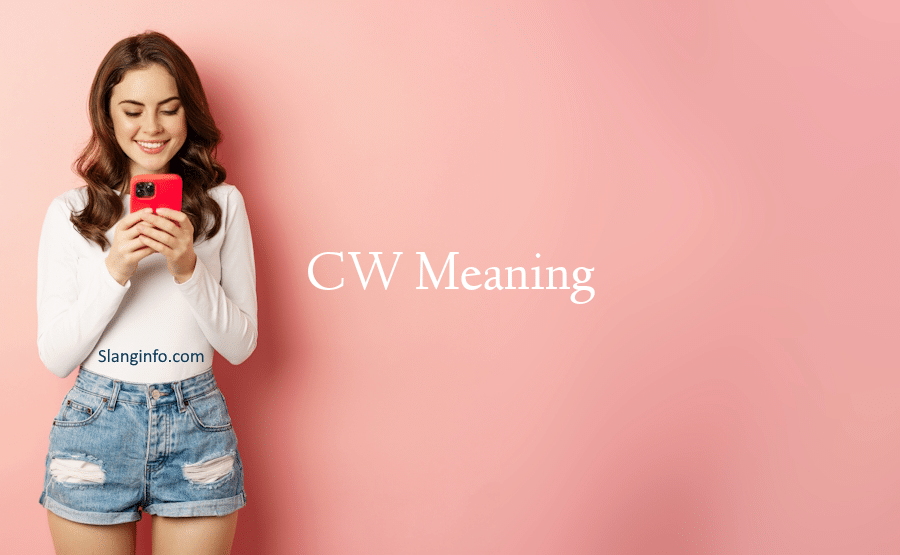
The use of content warnings has sparked debates in various communities:
Arguments for CWs:
- Promotes inclusivity and consideration for others
- Allows people with trauma or sensitivities to engage safely online
- Gives readers agency in choosing what content to consume
Arguments against CWs:
- May be seen as overly cautious or limiting free expression
- Could potentially increase anxiety by drawing attention to triggers
- Might be overused or misused, diluting their impact
Studies on the effectiveness of content warnings have shown mixed results, with some suggesting they can be helpful for certain individuals, while others indicate minimal impact on emotional responses to content.
CW in Professional Settings
In professional contexts, CW can take on different meanings:
- In emails: “CW” might be used to denote “Confidential Warning” for sensitive information
- In academic settings: Content warnings may be used for potentially distressing course material
Example: “CW: This lecture contains discussions of historical violence.”
Other Meanings of CW
CW has several other meanings in specific contexts:
- Continuous Wave: In radio communications, referring to a constant, unmodulated transmission
- Chemical Warfare: In military contexts
- Country Western: A music genre, though less commonly abbreviated
CW vs. Similar Acronyms
It’s important to distinguish CW from similar warning labels:
- TW (Trigger Warning): More specific, often used for content that could trigger trauma responses
- NSFW (Not Safe For Work): Specifically for content inappropriate in professional settings
- Spoiler Alert: Warns of plot revelations in media discussions
The Evolution of CW Usage
Content warnings have evolved from their origins in trauma-informed practices to become a widespread online courtesy. Social media has played a crucial role in shaping and spreading CW practices, with different platforms adopting various approaches to content moderation and user warnings.
Cultural Differences in CW Usage
Content warning practices can vary significantly across cultures:
- Some countries have stricter regulations on content labeling
- Cultural taboos influence what content is considered sensitive enough to warrant a warning
CW in Media and Entertainment
Beyond social media, CW is used in various forms of media:
- TV shows often display content warnings before episodes
- Video games use rating systems to indicate potentially sensitive content
- Books may include content warnings on their covers or in prefaces
The Future of CW
As digital communication continues to evolve, so too will the use of content warnings:
- AI-driven content analysis may automate the process of applying warnings
- Personalized content warning systems could tailor alerts based on individual preferences
FAQs About CW
Q: Is it necessary to use CW for every potentially sensitive topic?
A: It’s a personal choice, but generally, it’s considerate to use CW for content that could be distressing to a significant number of people.
Q: Can overuse of CW be harmful?
A: Some argue that overuse could lead to desensitization or unnecessary anxiety. It’s about finding a balance.
Q: How do I know when to use CW versus TW?
A: CW is more general, while TW is typically used for content that could trigger trauma responses.
Conclusion
Understanding the meaning and proper usage of CW is crucial in our increasingly digital world. Whether it’s “Content Warning” in social media, “Clockwise” in academic settings, or any of its other interpretations, CW plays an important role in clear and considerate communication.
As online interactions continue to shape our daily lives, being mindful of how and when to use content warnings can contribute to creating more inclusive and respectful digital spaces. Remember, the goal of CW is to inform and empower readers, allowing them to engage with content on their own terms.

